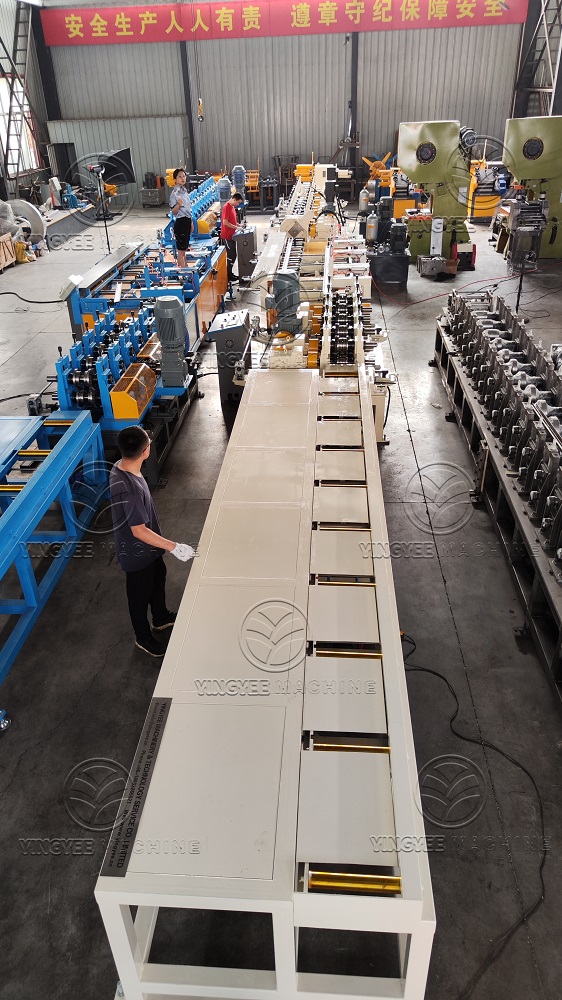
The Technology Behind Roller Shutter Door Panels Forming Machines
In the realm of modern manufacturing, efficiency and precision are paramount. One of the vital components contributing to the security and accessibility of commercial and residential buildings is the roller shutter door. These doors not only provide protection but also enhance aesthetics. At the heart of their production lies the roller shutter door panels forming machine, an innovative tool that streamlines the fabrication of these vital components.
Understanding Roller Shutter Doors
Roller shutter doors are designed to roll up and down, providing a robust barrier against unauthorized access while allowing easy entry when needed. They are widely used in shops, garages, warehouses, and even homes. Composed primarily of interlocking slats or panels, these doors are highly customizable in terms of shape, size, and color, which is essential for both functional and decorative purposes.
The Role of Forming Machines
The roller shutter door panels forming machine is an essential piece of equipment used in the manufacturing process of these doors. This automated system not only enhances production efficiency but also ensures a consistent quality in the finished product. The machine typically consists of several components including a decoiler, forming rollers, cutting devices, and control systems, each playing a specific role in the production line.
The process begins with the decoiler, which unwinds a coil of metal sheet, often made from galvanized steel or aluminum. These materials are selected for their strength, durability, and resistance to corrosion. Once fed into the machine, the metal sheet passes through a series of forming rollers. These rollers shape the sheet into the desired profile, often creating grooves and interlocks that enhance the strength and flexibility of the panels.
Features and Advantages

One of the standout features of roller shutter door panels forming machines is their adjustable settings. Manufacturers can easily change the machine's configurations depending on the specific requirements for the door panels being produced. This adaptability is crucial in an ever-evolving market where customization is key to meeting diverse customer needs.
Moreover, modern forming machines are equipped with advanced control systems that allow for precision engineering. Computer Numerical Control (CNC) technology is often integrated, enabling manufacturers to program the machine with exact specifications. This level of automation reduces human error, speeds up production, and ensures that every panel is crafted to perfection.
Efficiency and Sustainability
In today’s world, manufacturing efficiency goes hand in hand with sustainability. Roller shutter door panels forming machines are designed to maximize material usage, minimizing waste during the production process. Additionally, many machines are capable of utilizing eco-friendly materials, contributing to a greener footprint.
As production techniques evolve, the integration of smart technology into forming machines is becoming increasingly common. IoT (Internet of Things) capabilities allow these machines to communicate and gather data, enabling manufacturers to monitor performance in real-time and predict maintenance needs. This advancement not only enhances operational efficiency but also reduces downtime, further optimizing the manufacturing process.
Conclusion
The roller shutter door panels forming machine is a testament to how technology is shaping modern manufacturing. By combining efficiency, precision, and adaptability, these machines play a fundamental role in producing high-quality roller shutter doors that meet both security and aesthetic demands. As manufacturers continue to embrace advanced technologies, it is likely that we will see even greater innovations in the design and functionality of these machines, paving the way for a more secure and accessible future. Whether for commercial or residential use, the impact of roller shutter doors and their forming machines will remain significant in our built environment.